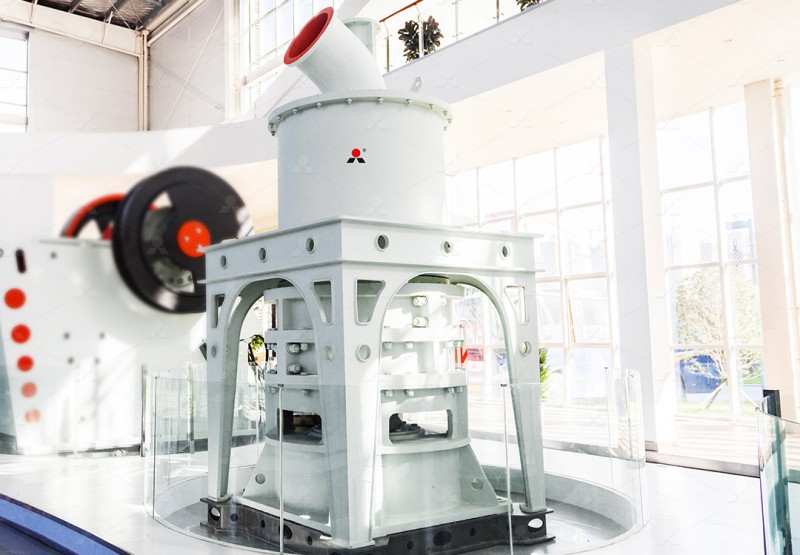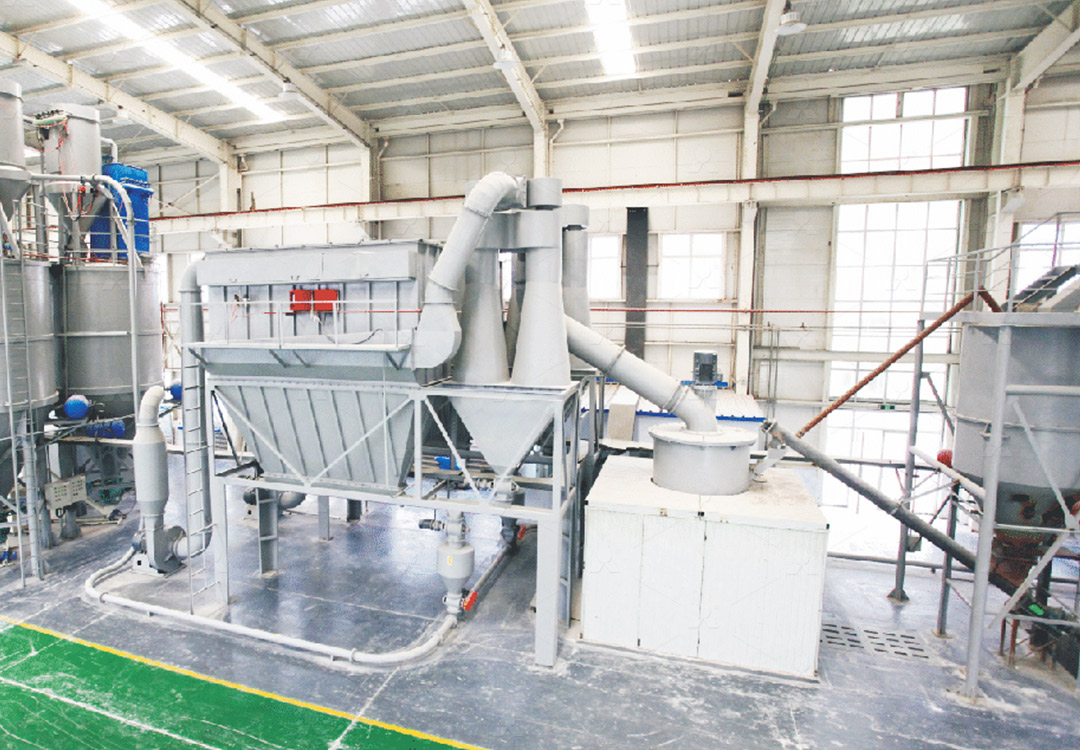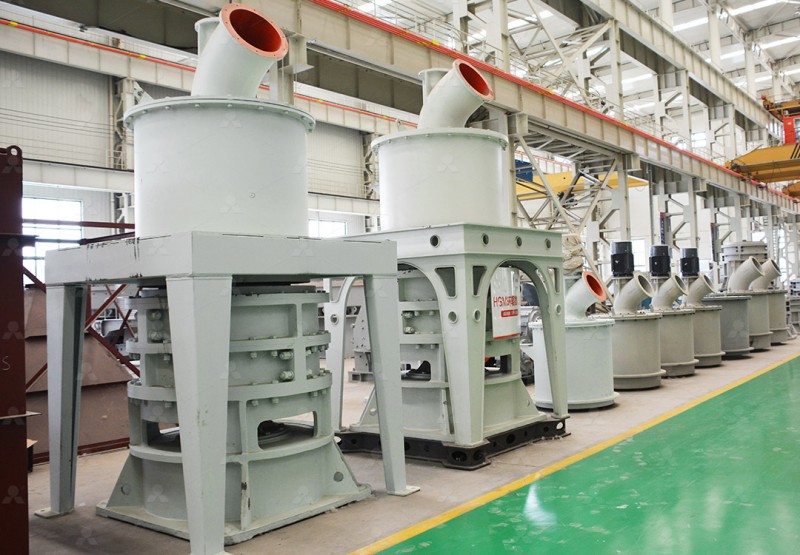What Are the Characteristics of Superfine Grinding of Coal Ash Slag?
What Are the Characteristics of Superfine Grinding of Coal Ash Slag?
Superfine grinding of coal ash slag represents a specialized process that transforms industrial byproducts into valuable materials with enhanced properties. This advanced milling technique requires equipment capable of handling the unique challenges posed by coal ash slag, including its abrasive nature and variable composition.
The primary objective of superfine grinding is to reduce particle size to micrometer or even nanometer scales, which dramatically increases the surface area and reactivity of the material. This process unlocks the latent potential of coal ash slag, transforming it from waste into a valuable resource for various industrial applications.

Key Technical Challenges in Coal Ash Slag Grinding
Coal ash slag presents several distinct challenges during the grinding process. Its variable hardness and composition require equipment with robust construction and precise control systems. The material’s abrasive nature accelerates wear on grinding components, while its moisture content can affect flow characteristics and grinding efficiency.
Successful superfine grinding must address these challenges through advanced equipment design, including wear-resistant materials, precise temperature control, and sophisticated separation technology. The grinding system must maintain consistent performance despite variations in feed material characteristics.
Equipment Solutions for Superior Performance
For operations requiring high-efficiency superfine grinding of coal ash slag, the MW Ultrafine Grinding Mill represents an optimal solution. This advanced mill handles input sizes of 0-20 mm with capacities ranging from 0.5 to 25 tph, making it suitable for various production scales.
The MW Ultrafine Grinding Mill incorporates several innovative features specifically beneficial for coal ash slag processing. Its unique grinding curves for rollers and rings enhance grinding efficiency, while the absence of rolling bearings and screws in the grinding chamber eliminates common failure points. The integrated pulse dust collector ensures environmentally friendly operation, a critical consideration for industrial byproduct processing.

Technical Advantages in Coal Ash Slag Applications
When processing coal ash slag, the MW Ultrafine Grinding Mill demonstrates significant advantages. Its energy efficiency reduces operating costs by 30-40% compared to conventional systems, while the adjustable fineness between 325-2500 meshes provides flexibility for different application requirements.
The mill’s German-designed cage-type powder selector ensures precise particle separation, achieving screening rates of d97≤5μm in a single pass. This precision is particularly valuable for coal ash slag, where consistent particle size distribution directly impacts the material’s performance in downstream applications.
Alternative Solutions for Specific Requirements
For operations with different capacity needs or space constraints, the LUM Ultrafine Vertical Grinding Mill offers another excellent option. With an input size of 0-10 mm and capacity of 5-18 tph, this vertical mill integrates advanced Taiwanese roller technology and German powder separation technology.
The LUM mill’s reversible structure simplifies maintenance, while its double position-limiting technology ensures operational stability. These features make it particularly suitable for facilities requiring reliable, continuous operation with minimal downtime.

Frequently Asked Questions
What particle size can be achieved when grinding coal ash slag?
The MW Ultrafine Grinding Mill can achieve fineness between 325-2500 meshes (approximately 45-5 microns), with the capability to reach d97≤5μm in a single pass. The exact achievable size depends on the specific characteristics of the coal ash slag being processed.
How does the equipment handle the abrasive nature of coal ash slag?
Both the MW and LUM mills incorporate wear-resistant materials in critical components. The MW mill’s design eliminates rolling bearings and screws from the grinding chamber, reducing vulnerability to abrasive wear. Both mills use specialized alloys developed through collaboration with scientific institutes to extend service life.
What are the environmental benefits of using these grinding systems?
The integrated pulse dust collectors in both mill types ensure minimal dust emissions, while mufflers and noise elimination features reduce acoustic pollution. The systems operate within national environmental protection standards, making them suitable for environmentally sensitive applications.
How does the energy consumption compare to traditional grinding methods?
The MW Ultrafine Grinding Mill reduces energy consumption by 30-40% compared to jet mills and ball mills. This efficiency results from optimized grinding curves, advanced separation technology, and reduced mechanical losses through intelligent design.
What maintenance requirements should be expected?
Both mills are designed for minimal maintenance. The external lubrication system allows for lubrication without shutdown, supporting 24-hour continuous operation. The reversible structure of the LUM mill facilitates easy access to grinding components, while the MW mill’s bearing-free design reduces maintenance frequency.
